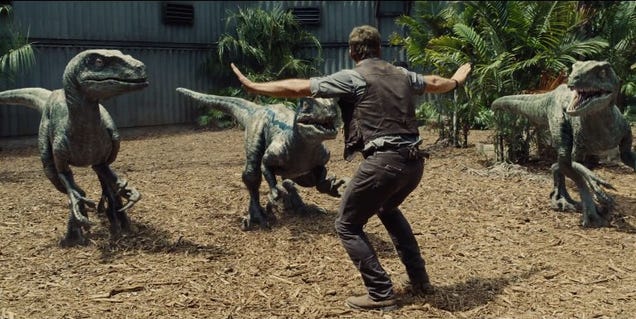Fact: No-one enjoys having a mammogram. No-one!
Stardate: 93085.08
I've gone pink for this post, (I know it's not October, but for this post I wanted to give a quick nod to the Breast Cancer Awareness organisation, Pink Ribbon) so if you have trouble reading it, I do apologise! I have also dedicated this post to my amazing and brave Auntie Mich, who kept me motivated to keep this blog going way back when I was just starting out!
It was the one placement I was openly dreading. After already having done radiography for nearly two years, you'd think I was already okay with seeing humans undressed in most ways, shapes and forms. No matter how many times you tell patients they can keep their underwear on, there's always one who didn't hear you... Apparently, I was not fully prepared.
I have to admit, despite having heard and been taught about Mammography, I'd never taken an active interest in the modality, nor fully looked into it. But once I'd looked into (aka Googled) the basic physics of mammography equipment to refresh my memory post-exams (e.g. ultrasound, mammography units), I started to warm more to the subject than I had previously. The other plus side post-graduation wise: men currently can't do the job, so there is less competition for job applications (although I don't agree with this, from a work gender-equality angle).
Mammography is basically low energy x-rays that image the breasts. It's most well-known for its being an early detector of breast cancer, by finding masses or microcalcifications. I spent time in both screening clinics, where women who fit the criteria are checked every few years for any changes; and assessment clinics, where women have attended their GP after having found a lump, for example.
So last Monday after having arrived at the department and been shown around, I witnessed my first mammogram, and couldn't help but look everywhere in the room, except at the body parts being examined. Eventually, I had to buck up and pay attention, or last week's block was going to go pretty slowly for me.
Every patient I saw examined was happy for me to stand in the room and have everything explained to me, and some even explained instead of the mammographer, which was a new experience! But this did put me more at ease, as being a student I'm used to doing the 'Student Shuffle' (basically constantly moving out of everyone's way) and being quiet when not in the general radiography or CT departments.
Once I'd followed a few women through from their mammograms to their ultrasound, I started to gain more interest and look in more detail at the images. I particularly enjoyed helping one of the consultant radiographers (yes, you read that correctly, we can become consultants!) with an ultrasound guided biopsy, where I was shown different types of tissue structures within the breast that would be going for testing.
I also got to spend one morning sitting with a doctor while he ran a clinic. It was interesting to see the other side, watching the pre-assessment, and then seeing how the imaging side was requested and for what reasons.
However, with Mammography, you will eventually come across sad news at some time or another. A number of the patients I saw examined at the department had already had a mastectomy (breast tissue removal surgery), and some images I was shown for comparison and to help me understand breast anatomy, displayed what were cancerous masses. For me, this was quite a tough experience (hence why I've never considered Radiotherapy), and it hammered home how beneficial Mammography is as a department. Even for a small number of men.
From what I've witnessed, being a mammographer, is a very intimate job. During the examination, you will be in the patient's personal space, and the procedure can be difficult and uncomfortable for patients. It's a difficult job to do, putting apprehensive and worried women at ease, and if they're upset, you have to be the type of person who knows how to handle that situation kindly and professionally. Not only that, nothing can be missed off the image, because something small could be hiding in that one area not included, so you have to be skilled enough to make sure you've gotten everything on the receptor. There is also a chance to be a breast sonographer, giving you a little more autonomy in your work.
Personally, I'm not completely sold on Mammography myself. If I had to say what I enjoyed the most, it would be the ultrasound examinations and biopsies, as I could 'see' more on those images, than on the plain film ones (a slightly odd situation for an undergrad radiographer). I wouldn't mind going back for another week, but right now, it's not something I could see myself going towards once I graduate. I can see why it's an appealing job to some, and don't get me wrong, I found the diagnostic side of it and the variation interesting, but all day and every day would be breasts. And I don't think I'm ready for that just yet!
This week I'm in the Paediatric department witnessing all sorts of examinations. But, more on that in my next post!
LLAP Guys!
Ps. I hope you've all gone to see Jurassic World...





